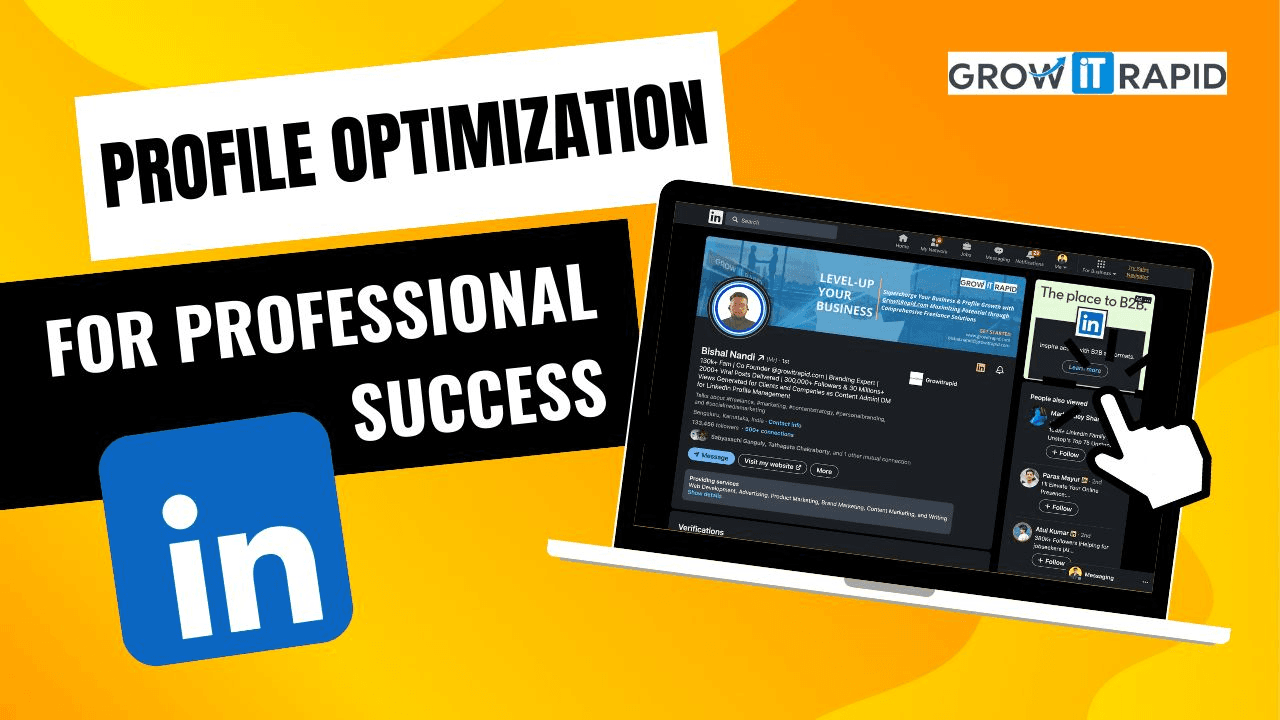
LinkedIn Profile vs. Resume: What's the Difference?
New Blog DescriptionIn today's dynamic job market, where first impressions matter more than ever, your professional online presence can be just as vital as your traditional resume. Enter LinkedIn, the social network for professionals, often referred to as the "virtual resume." But how does it differ from the traditional, printed document you've painstakingly crafted throughout your career? In this blog post, we'll delve into the key distinctions between your LinkedIn profile and your resume.
resume bestpractice tipsandtricks difference linkedin

Bishal Nandi
Published On 18th September, 2023
#1. The Medium: Printed vs. Digital
Resume: The traditional resume is a static, printed document. It follows a standardized format and is tailored for specific job applications.
LinkedIn Profile: LinkedIn is a dynamic, digital platform. Your profile can be updated in real-time and serves as a living document of your professional journey.
#2. Purpose and Audience
Resume: Resumes are crafted for a specific job application and are typically tailored to match the requirements of that role. They are usually seen by potential employers and recruiters.
LinkedIn Profile: LinkedIn profiles have a broader audience. They are not limited to job applications; they are visible to colleagues, peers, potential clients, partners, and anyone interested in your professional background.
#3. Content
Resume: Resumes are concise and typically limited to one or two pages. They focus on key accomplishments, skills, and work history relevant to the specific job.
LinkedIn Profile: LinkedIn profiles offer more room for detail. You can include a comprehensive summary, recommendations, multimedia content, and a more extensive work history.
#4. Customization
Resume: Resumes are customized for each job application. You may highlight specific skills and experiences to match the job description.
LinkedIn Profile: While your LinkedIn profile can be customized, it offers a broader view of your overall professional identity. It's not tied to a single job application.
#5. Interactivity
Resume: Resumes are static; they don't allow for interactive elements, links, or multimedia.
LinkedIn Profile: LinkedIn profiles enable interactivity. You can include links to projects, articles, presentations, and even upload multimedia content to showcase your work.
#6. Recommendations
Resume: Resumes don't typically include recommendations or endorsements from colleagues or peers.
LinkedIn Profile: LinkedIn encourages recommendations, allowing others to vouch for your skills and professionalism.
#7. Privacy
Resume: Resumes are shared on a need-to-know basis. You control who sees your resume.
LinkedIn Profile: LinkedIn profiles are more public. They can be viewed by anyone, which means maintaining professionalism is crucial.
#8. Searchability
Resume: Resumes are not easily searchable online unless you've posted them on a job board or company website.
LinkedIn Profile: LinkedIn profiles are searchable within the platform and on search engines, increasing your visibility.
In conclusion, while your resume and LinkedIn profile share common elements, they serve distinct purposes and cater to different audiences. Your resume remains a valuable tool for job applications, interviews, and networking events. In contrast, your LinkedIn profile is your professional digital footprint, offering a broader, ongoing representation of your career journey. Both are essential in today's competitive job market, and understanding their differences can empower you to make a lasting impression in your professional endeavors.